The biggest forests in the world
Forests are one of the most important natural habitats for animal and bird species all over the world. But, they are also of vital importance for the human survival. There are large forests across the planet, and they are often referred to as the lungs of the Earth. Basically, if there are no forests, there is no life.
Unfortunately, many of them suffer from destructive practices every day due to mining interests, construction, or other reasons. The world’s largest forests are being significantly reduced, but they are still there, providing us with life.
Sinharaja Forest Reserve, Sri Lanka
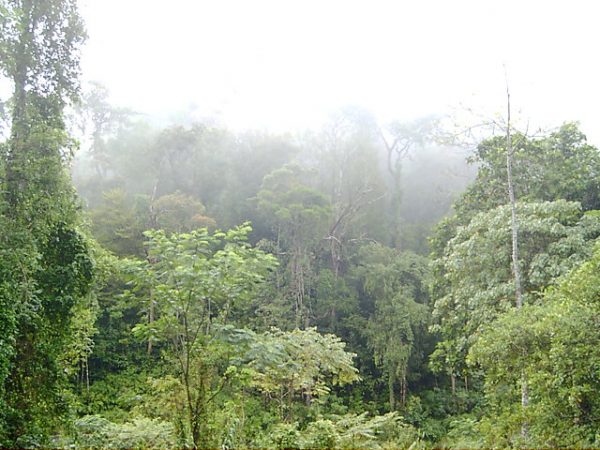
Sinharaja is a national park in Sri Lanka, and although it’s not the biggest, it is still important for its biodiversity. The virgin rainforest region is a home to endemic trees, birds, amphibians, and mammals. The name of the park means the Lion Kingdom. In the dense canopy, there are elephants, leopards, and the purple-faced langur. The bird species are represented by red-faced malkoha, green-billed coucal, and Sri Lanka blue magpie.
The Monteverde Forest, Costa Rica
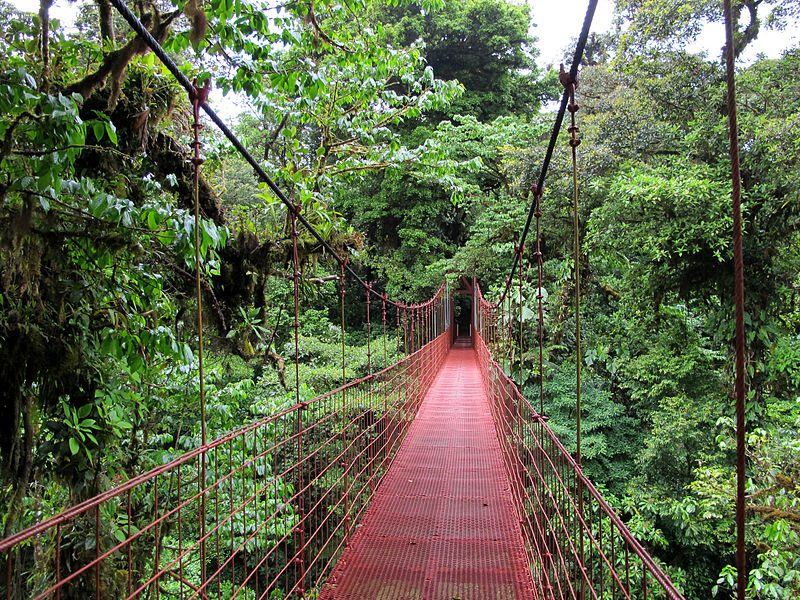
The reserve is about 26,000 acres in size, and it’s located along the Cordillera de Tilaran between the provinces of Puntarenas and Alajuela in Costa Rica. The forest consists of six zones, and 90% of it is virgin cloud forest. The high biodiversity is what makes the Monteverde Forest a unique forest in the Central American region. More than 2500 plants species, 100 species of mammals, 400 bird species, reptiles, amphibians, and insects make up the rich life in this forest.
Mindo Cloud Forest, Ecuador
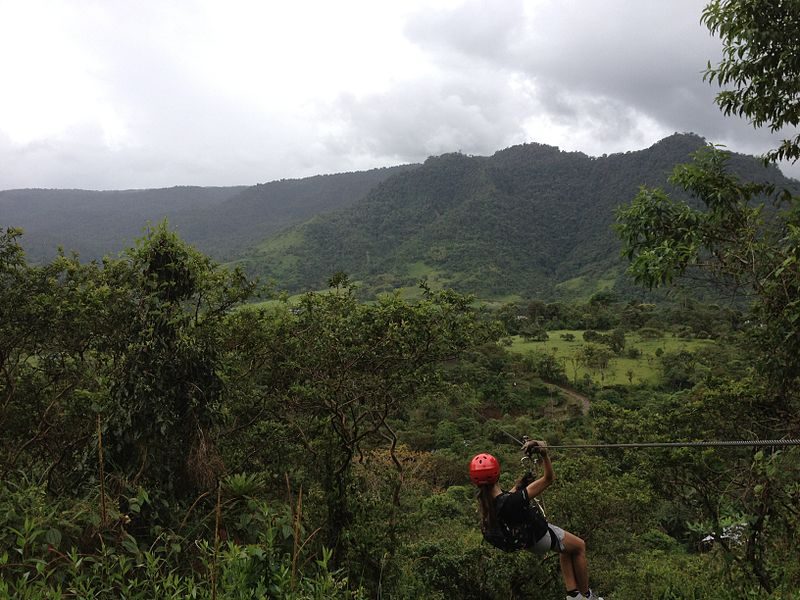
Mindo Cloud Forest is highly recommended for nature lovers who like to try some tubing, cable car, zip-lining or bird tours. Orchid observation is perhaps the special thing you can do here, as Ecuador has more than 4000 different orchid species. Waterfalls, enormous trees, and lush-green vegetation is what you’ll find in Mindo cloud forest.
Daintree National Park, Australia
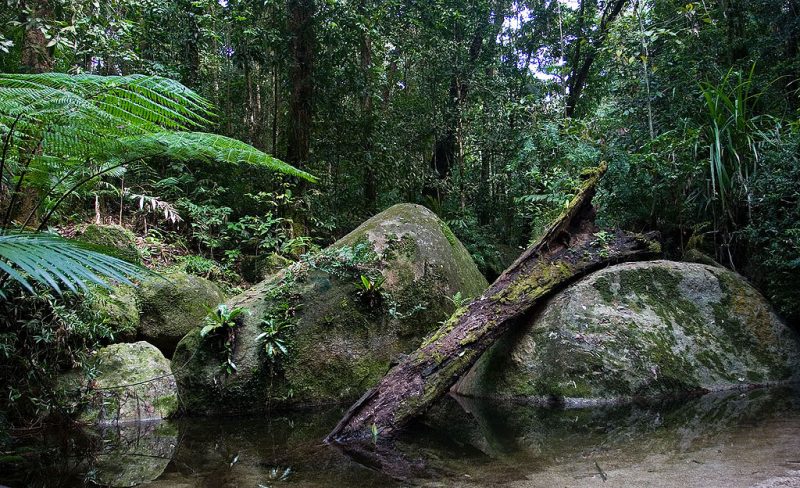
Daintree National Park rainforest is considered to be one of the oldest rainforests on Earth. It’s located in Far North Queensland, Australia, and it has existed continuously for more than 110 million years. It’s home to more than 430 bird species including the wompoo fruit-dove, cassowary, and many other endangered birds. Among the reptiles, the most common are Boyd’s forest dragon, eastern water dragon, chameleon gecko, keelback, and the green tree snake. The traditional owners of Daintree National Park are the Eastern Kuku Yalanji Aboriginal people, and many places in the rainforest are sacred to them.
Congolese Rainforests, Central Africa
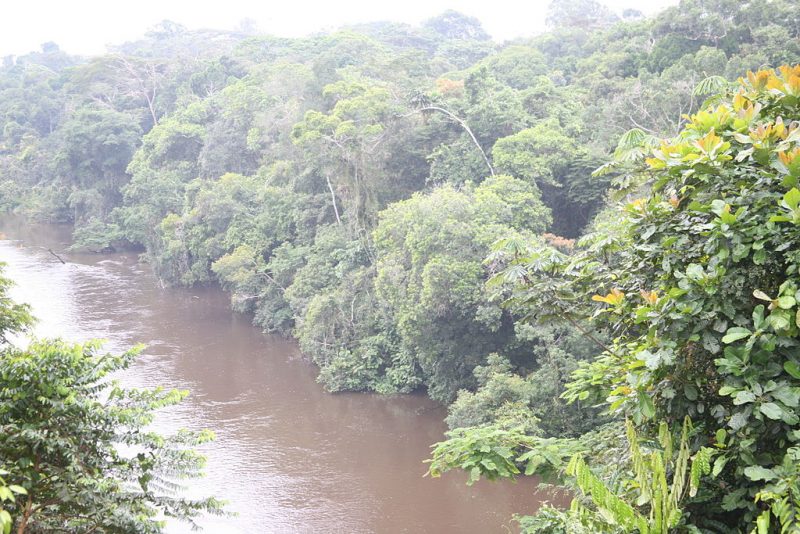
Congolese Rainforests are tropical and subtropical forests along the Congo River in Central Africa. The rainforests cover parts of Cameroon, the Republic of the Congo, Gabon, and portions of the Central African Republic. The forests contain a forest-savanna mosaic, savanna, and wetlands. The Congo Rainforest is the planet’s second largest rainforest and represents a quarter of the total rainforest area in the world. It suffers huge deforestation for industrial and agricultural purposes.
Amazon Rainforest, South America
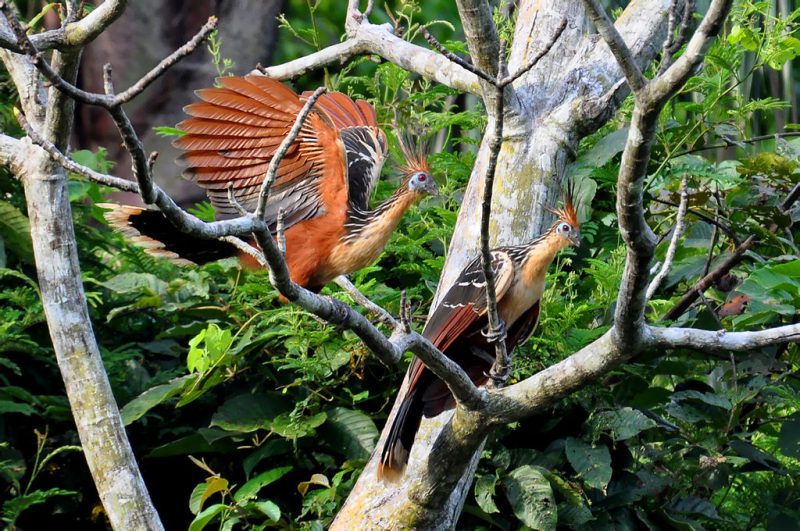
The largest among all the forests in the world, the Amazon Rainforest spreads over nine countries in South America. The greater part of it is in Brazil, and the rest is divided between Venezuela, Colombia, Ecuador, Peru, Bolivia, Guyana, Suriname, and French Guyana. It’s the most biodiverse rainforest in the world and holds half of what’s left of all the forests on the planet. The name comes from the biggest water flow that goes through it, the Amazon River. It contains about 390 billion trees from 16,000 different species. The rainforest is home to about 2.5 million insect types, tens of thousands of plants, and some 2,000 birds and mammals. To date, at least 40,000 plant species, 2,200 fish species, 1,294 birds, 427 mammals, 428 amphibians, and 378 reptiles have been classified in the area.
If you have any comments then please drop us a message on our Outdoor Revival Facebook page
If you have a good story to tell or blog let us know about it on our FB page, we’re also happy for article or review submissions, we’d love to hear from you.
We live in a beautiful world, get out there and enjoy it. Outdoor Revival – Reconnecting us all with the Outdoors.





